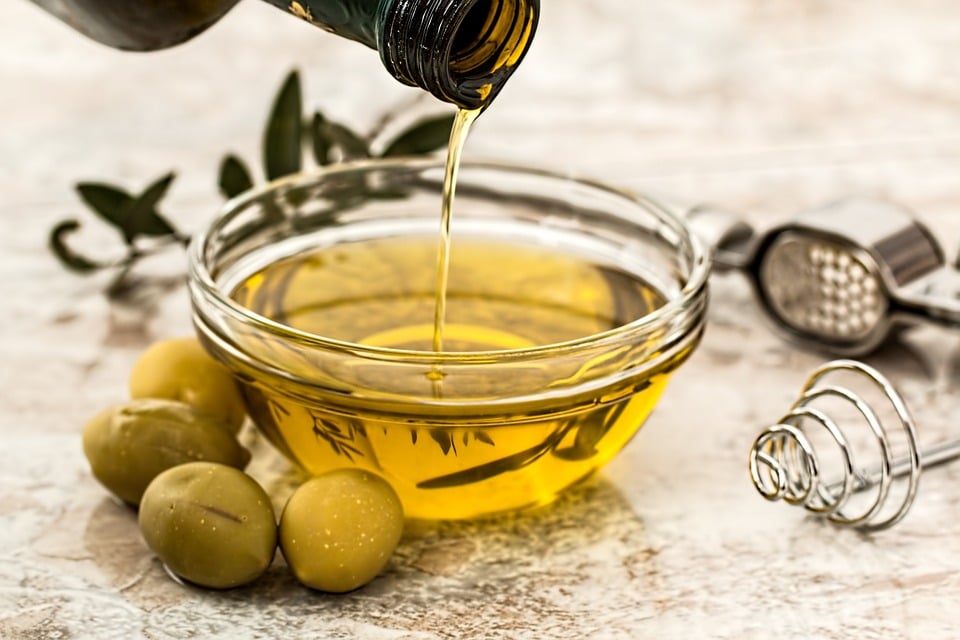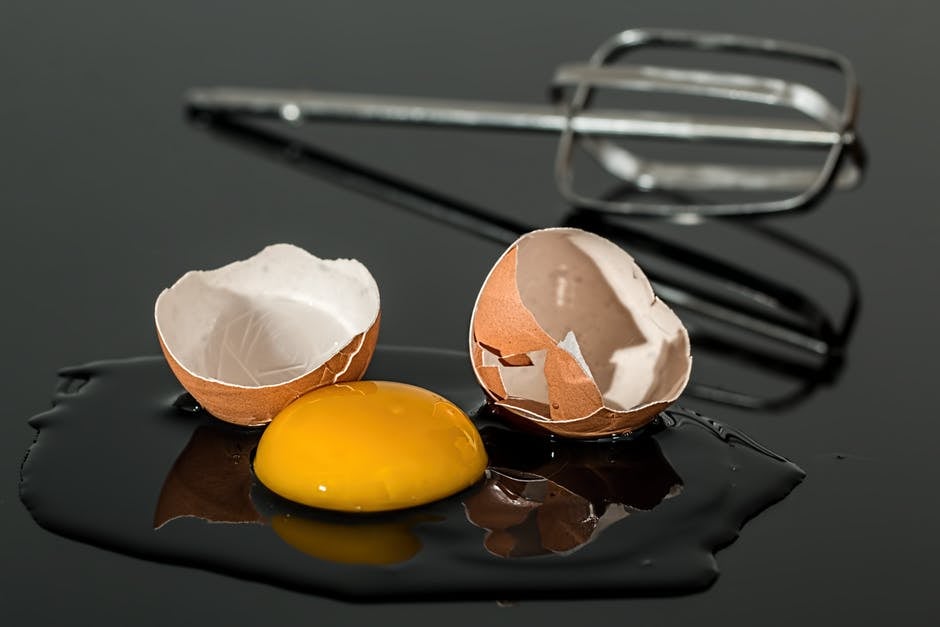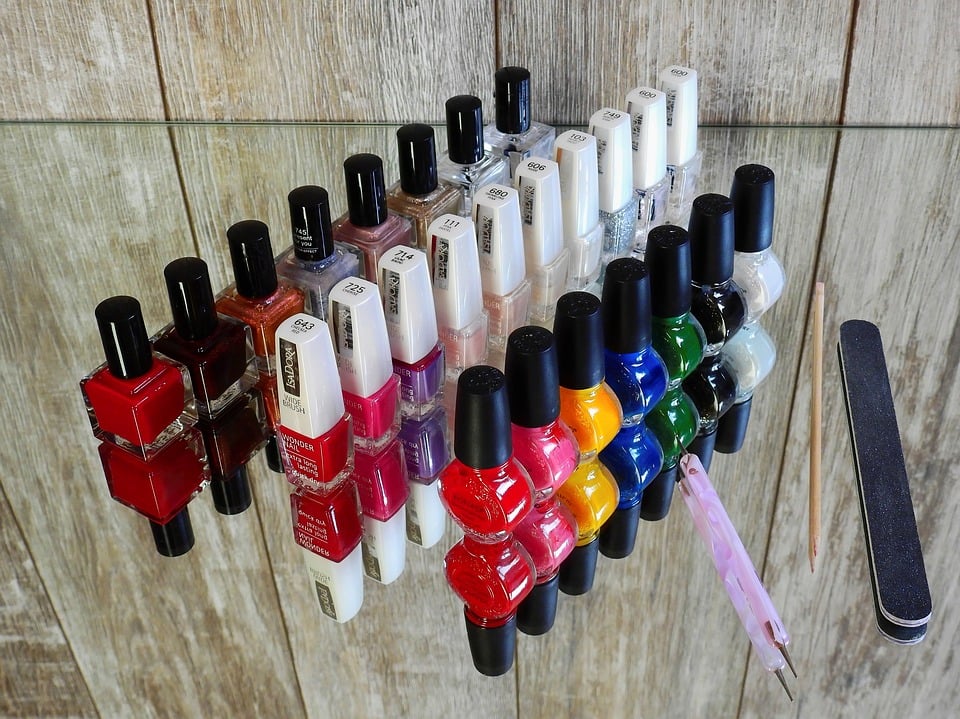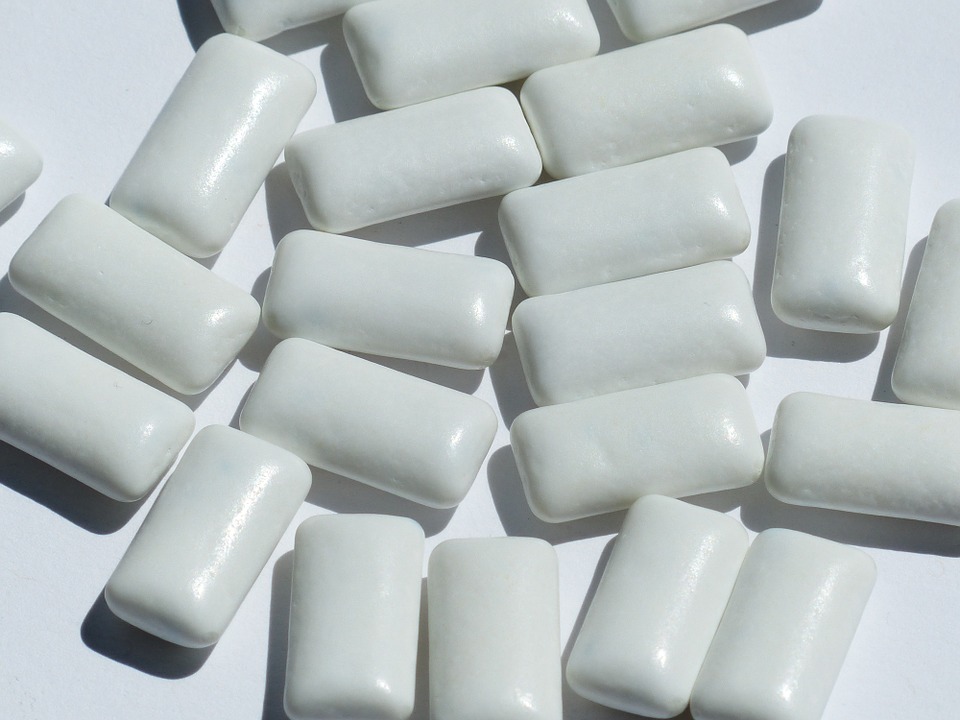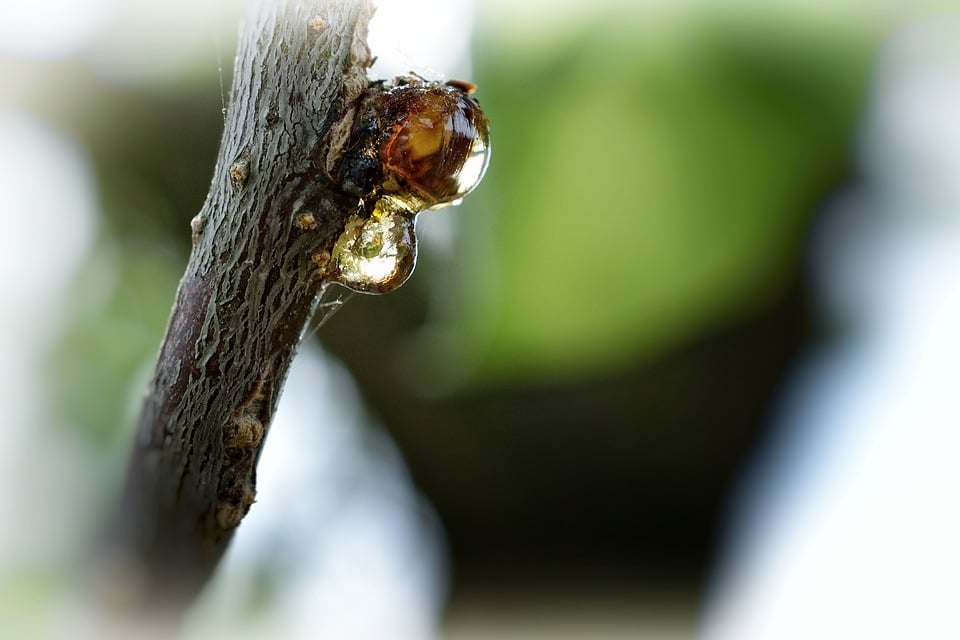
If you haven’t cleaned your mattress in a while, you should probably sit down first before reading these medical facts:
- In 2015, 421 Australians died from asthma. Back in 2013, the death count was just 389. Go back further and you can observe a slow but steady rise in asthma-related deaths in recent years.
- Sydney and Melbourne are considered to be hot spots for dust mite infestations that can either trigger or worsen asthma; the little buggers especially like warm, humid environments like a dirty mattress that hasn’t been washed in years – a potential food-rich home for up to 10 million asthma-triggering dust mites.
- Apart from dust mites, dirty mattresses have also been found to contain up to 16 million CFUs or colony-forming units of various types of bacteria that can: cause pneumonia and food poisoning, as well as trigger and exacerbate asthma, eczema, other skin allergies, and even antibiotic-resistant infections.
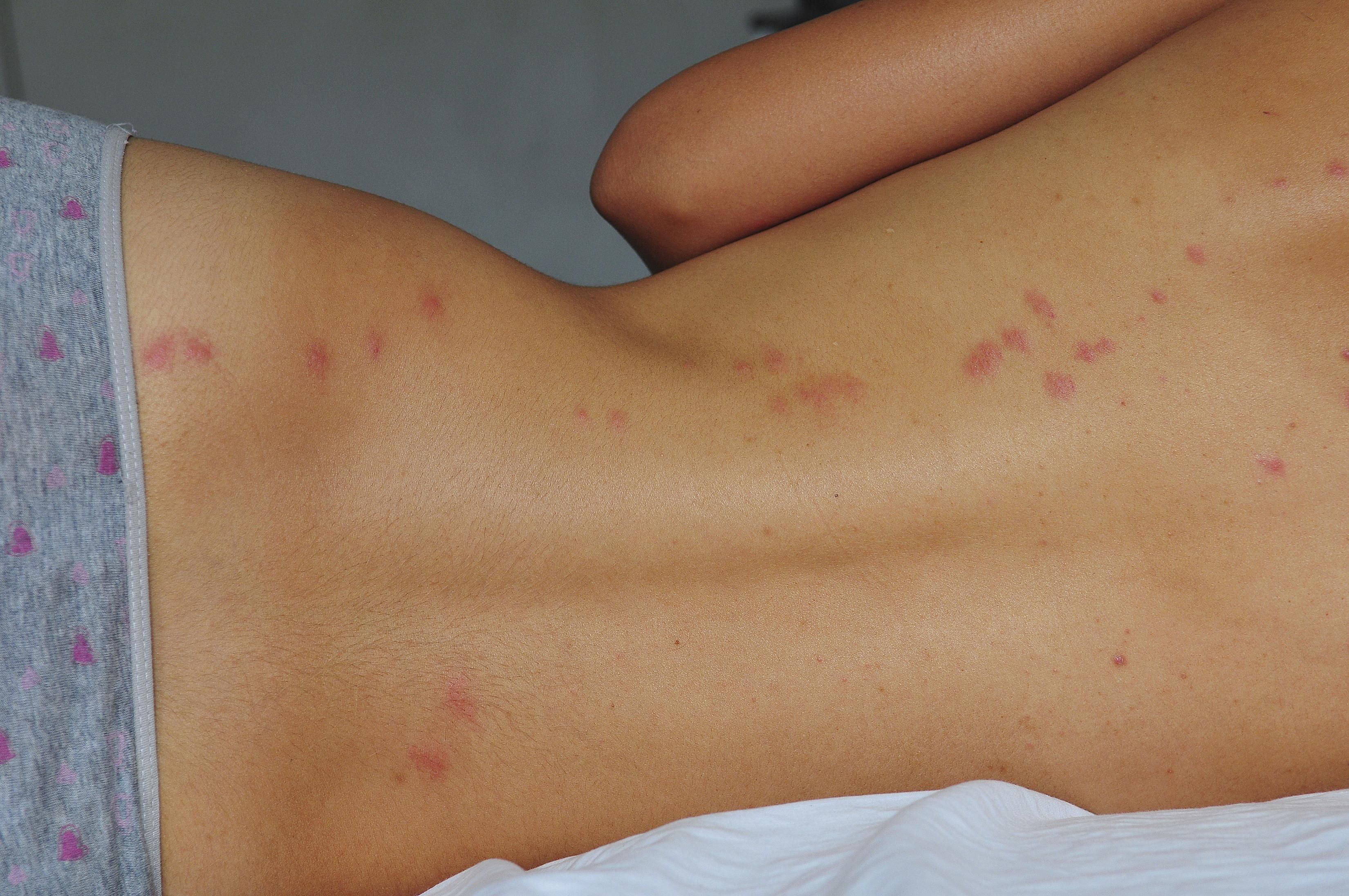
Yikes.
And you thought the smell was the worst thing about your unwashed mattress.
If you or a member of your family is one of the over 2 million (or 1 out of 10) Australians who have asthma, don’t go off the rocker just yet.
Likewise, if your family is part of the 45% of the entire Australian population who suffer from allergies (80% of which are dust mite-related), there’s still no reason to panic.
As the old saying goes, prevention is better than any cure.
And one of the best ways to prevent triggering and/or exacerbating the abovementioned diseases is by simply learning how to properly clean your mattress and stop it from becoming a health hazard.
Dirty mattresses are a serious matter, which is why we crafted an even more serious and comprehensive mattress cleaning guide that covers everything you need to know about the bloody topic so you can get down to some hard yakka.
I. 7 BONZER MATTRESS CLEANING TIPS and FACTS (Before You Get Started)
1. Identify the Culprit: Stain, Odor, Bed Bugs, or Dust Mites?
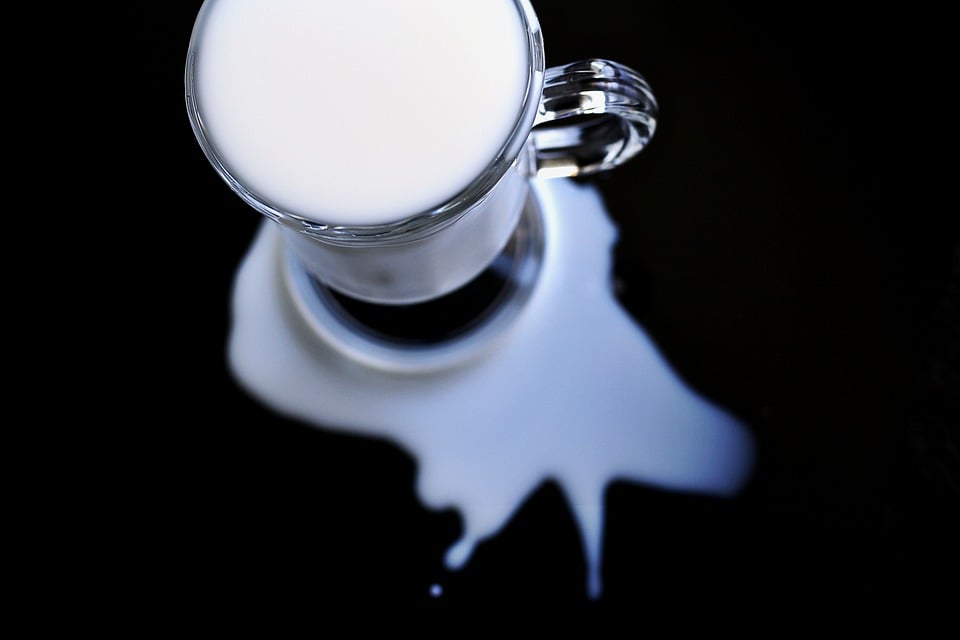
The fresher the spill, the easier it is to clean.
Why are you on this guide in the first place? Did you spill juice, milk, or oil on the mattress? Or perhaps your mattress is starting to give off a distinct and potent aroma. Do you suspect that your mattress is infested with either bed bugs or dust mites? Narrowing down the problem will allow you to narrow down what needs to be done.
2. Isolate the Problem: Is it the Mattress itself, the Mattress Topper, the Cover, or the Bed Sheets?
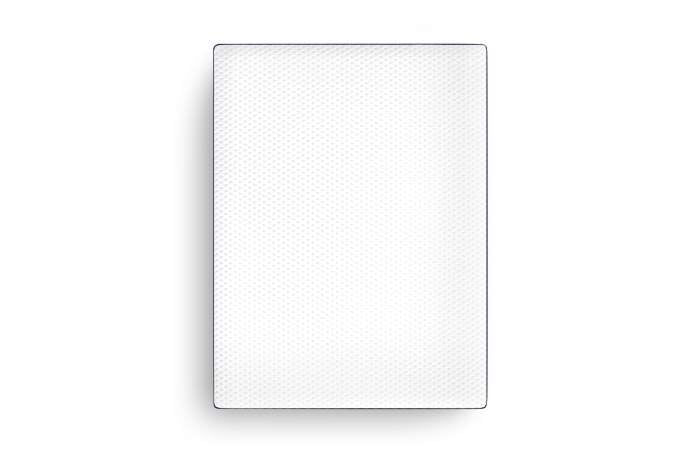
It’s easier to inspect a naked bed.
Whatever the problem is, chances are, not all parts of your bed are affected. And before a spill, odor, or pest infestation spreads, you need to isolate it. Strip your bed naked if need be – down to the bare mattress. This also allows you to better assess what kind of cleaning needs to be done.
3. Bicarbonate of Soda is Your Mattress’ Best Friend.
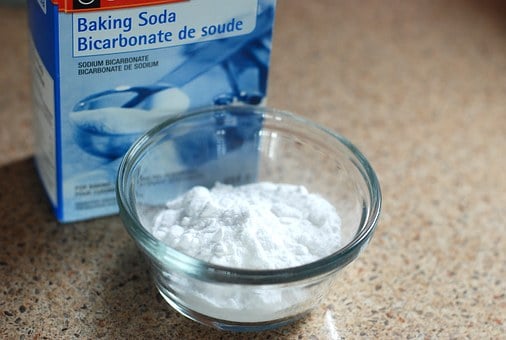
Available in almost every household
Baking Soda, Bicarbonate of Soda, and Sodium Bicarbonate are different names for the same active ingredient: a white, crystalline powder with plenty of cleaning applications. And it’s been around since 3500 BC; natron is a rudimentary but effective version of baking soda that was used in ancient Egypt for cleaning purposes. It was also used to completely dehydrate bodies during mummification. (If you’re eating as your read this, our apologies!) Today, it’s mostly useful as an all-around household cleanser and deodorizer.
4. Moisture is Your Mattress’ Worst Enemy.

And the easiest way to get rid of moisture is exposure to wind and sunlight.
No foam or spring mattress in the world is designed to get wet, even Onebed. If you soak a mattress in water, it’s going to take a very long time until it completely dries. And if even just a smidge of moisture is left inside the mattress, that could be enough for mold, mildew, dust mites, and bacteria to thrive on, eventually turning your comfy bed into a household health hazard. Avoid this by using as little water as possible. And if you opt for steam-cleaning or other methods that involve plenty of water, take the right steps to ensure that the mattress gets completely dry.
5. Why Vacuum / How to Clean Your Vacuum Cleaner:
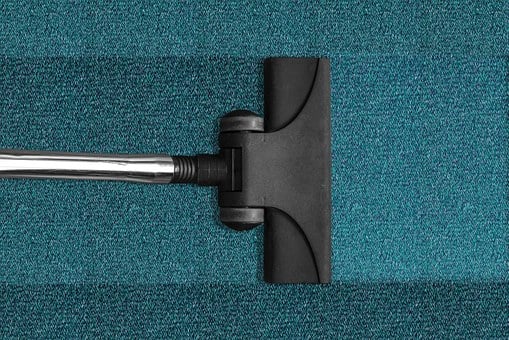
Do it right and often enough and you can say goodbye to allergy attacks.
A 2012 study shows that regularly vacuuming your mattress significantly reduces not just dust mite allergens, but also bacterial endotoxins and other foreign matter that can pose serious health risks. Vacuuming also uses no water = zero risk of your mattress developing mold or bacteria. Of course, before you even get to work, you need to first ensure that your vacuum cleaner itself is clean as a whistle. The last thing you want is to freshly stain your mattress by ‘cleaning’ it with a dirty vacuum cleaner.
- Even if it looks clean, wipe your vacuum cleaner down with a clean rug and some rubbing alcohol; don’t stop on the outside.
- Ensure that the filter is clean. In case of tough-caked up dirt, clean the filter with detergent or dishwashing liquid and water. Replace filter if necessary.
- Ensure that the canister is empty of any and all dirt. Replace used-up canisters if necessary.
- Ensure that the upholstery attachment is clean and functional. A used toothbrush can clean up stubborn nooks and crannies.
- Pick out all hair strands, fibers, and all foreign matter.
- If you had to use soap and water, wipe down all wet vacuum parts and air them out for a couple hours before reassembling your vacuum.
- How to Vacuum Your Mattress (quick link to Chapter 5’s SPRINKLE BAKING SODA and VACUUM YOUR MATTRESS)
6. Consult Mattress Tags, User Manuals, or Your Manufacturer:
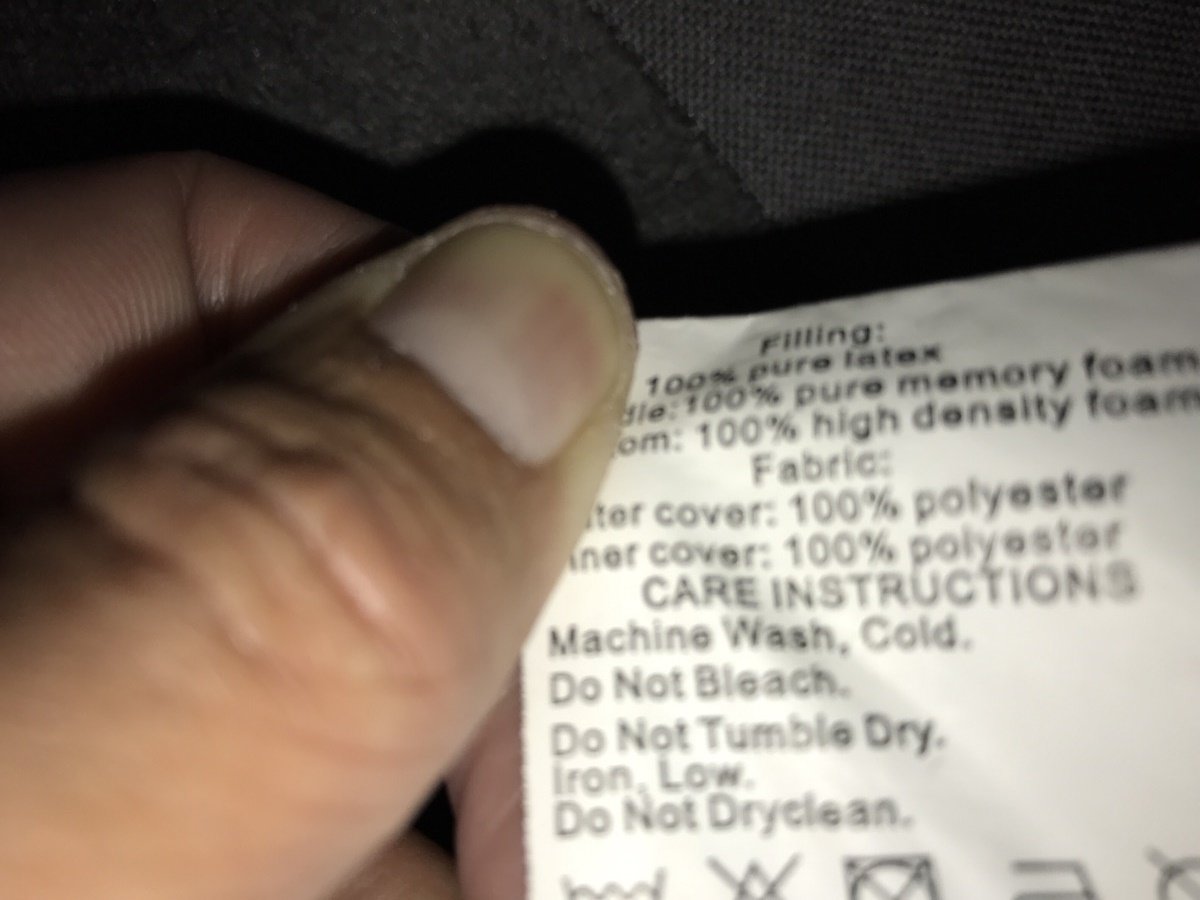
Sheets, mattress toppers, and mattresses sometimes come with tags and user manuals that include specific cleaning instructions. If not, contact your mattress’ manufacturer for advice. If you have a Onebed at home, these instructions are attached to its tag.
7. Steam-Cleaning is Optional:
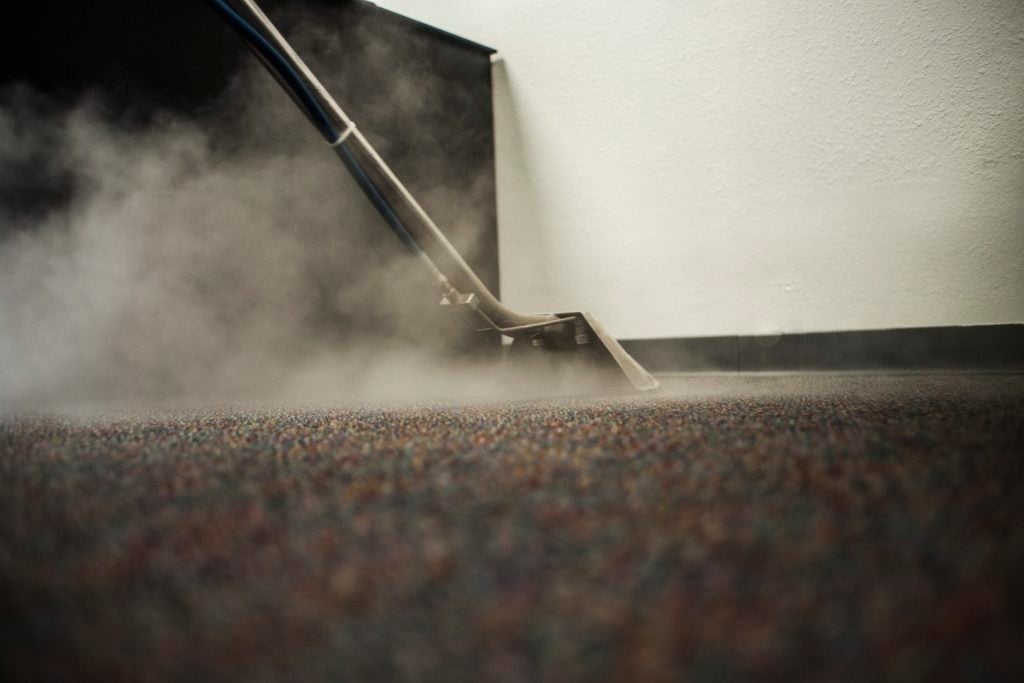
probeesteam.com
Steam-Cleaning can be a quick and easy way to get rid of odors and infestations. The problem is that steam is just really hot water, and this method uses a lot of it, which could leave your mattress soaked. Another concern is that NOT ALL BEDS CAN TAKE STEAM-CLEANING. The heat involved in this process could damage certain types of mattresses and change their properties. For instance, we do not advise steam-cleaning Onebed as its top layers of dunlop latex and memory foam may be vulnerable to damage from extreme heat.
That was just the basics. Let’s move on to one of the most common reasons for folks to Google “how to clean a mattress”: stains.
II. THE 11 TYPES OF STAINS

Life’s best pleasures often result in the worst stains.
The first part of cleaning up any stain is understanding its basic properties.
Most basic stain cleaning guides group stains into just 3 categories:
- Protein
- Tannin
- Grease
While the above categorization can be adequate when you’re dealing with the most common and basic stains, our goal here is to give you all the information you need on every type of stain that could possibly affect your bed fabrics and mattress.
So take a deep breath and get comfy. It’s a long read.
Based on their inherent properties and how they respond to cleaning agents, here are the…
11 TYPES OF STAINS
TYPE |
EXAMPLES |
PROPERTIES |
| 1. Hydrophobic
|
Grease, fat, wax, oil, hand lotion, adhesive tape, eyebrow pencil, eye liner, eye shadow, lard, lubricating oil, floor wax, furniture wax/polish, gasoline, car wax, crayon, ointment, oil paint, putty, rouge, coloured shoe polish, nose drops, soot, sunblock, suntan lotion, tar, typewriter ink ribbon | Oil and grease-based. Responds well to dry cleaning solvent. |
2. Food with Oil and Fats
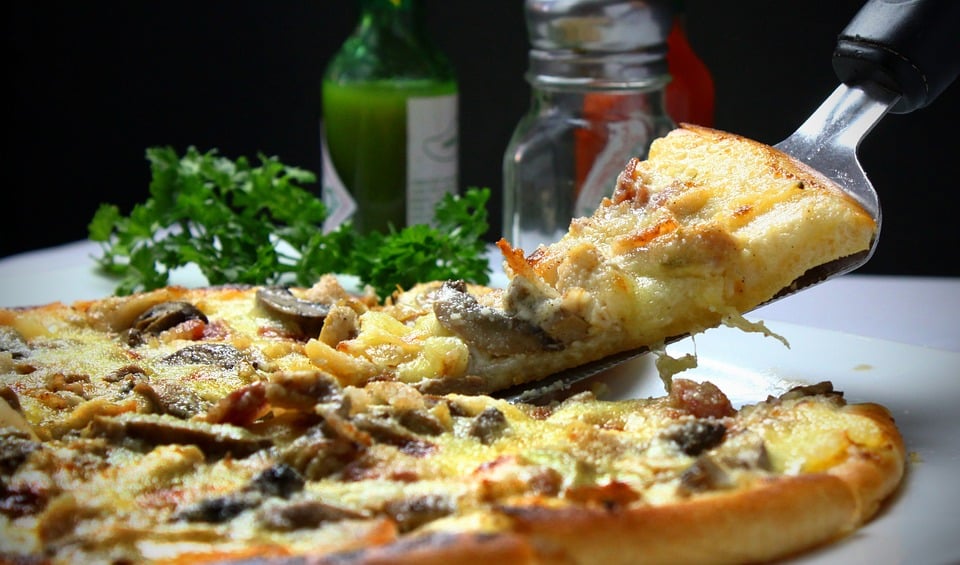 delicious, traitorous grease! |
Milk, gray, pudding, salad dressing, meat juice, mayonnaise, chocolate, cheese, chili sauce, egg yolk, frosting, catsup, ice cream, chocolate syrup, cocoa, egg yolk | Combination of protein and oil-based ingredients. Responds well to dry cleaning solvent. |
| 3. Protein and Starch
|
Blood, vomit, bodily discharge, meat, sherbet, hide glue, bath oils, aftershave lotion, egg white, fish glue, fish slime, hide glue, meat soup, starch, mouthwash, mucous | Combination of protein and starch. IF FRESH, DON’T USE HOT WATER, because it can cook the proteins and set it into the fabric. Responds well to lukewarm water and enzyme products that break down proteins. |
| 4. Plastics and Resin
|
Varnish, nail polish/hardener, plastic glue, cuticle oil and remover, household/contact cement, airplane glue, carbon paper, corn remover, plastic cement, mimeograph ink, lacquer, liquid solder, carbon typewriter ribbon, | Notoriously difficult to deal with but responds well to dry cleaning solvent. |
5. Tannin and Glucose
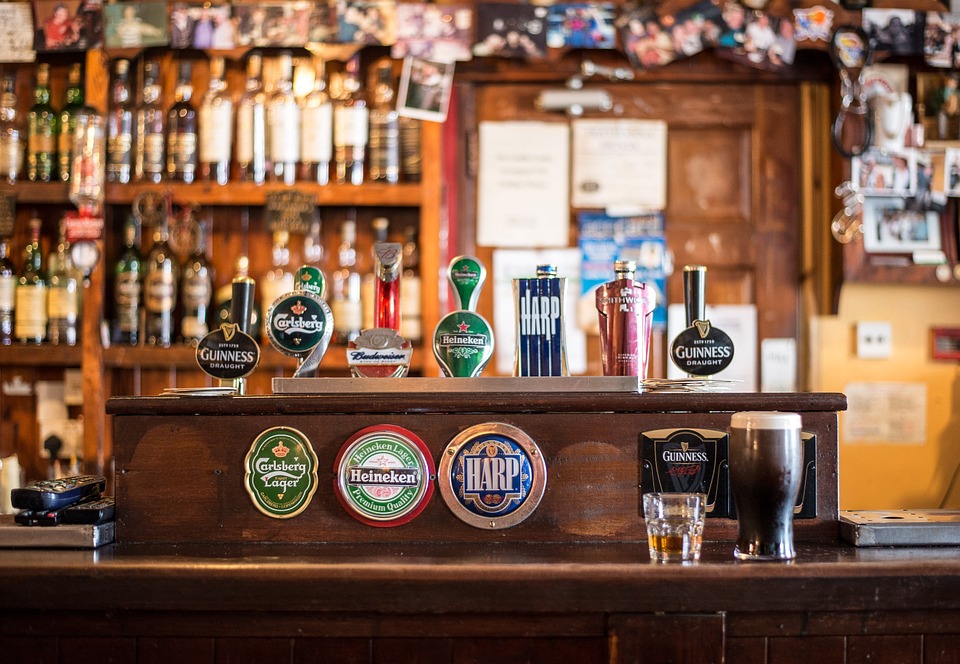 All the best things in life are out to stain your mattress! |
Mud, tea, beer, wine, black coffee, fruits, fruit juices and preserves, vegetables, dark-colored sodas, alcoholic beverages, berries, caramelized sugar, casein glue (like Elmer’s), cordials, corn syrup, cough syrup, shaving cream, jam, jelly, tomatoes, tomato juice, maple syrup, mixed drinks, molasses, tobacco, toothpaste, colored vinegar, whisky | Tannin is a vegetable dye found in nature. Hot tannin spills like tea or coffee can become especially difficult to deal with because the heat opens up the fabrics for the tannin to set in. Responds well to detergent solutions and vinegar. |
6. Water Soluble Body Waste, Red Dyes, and Deodorants
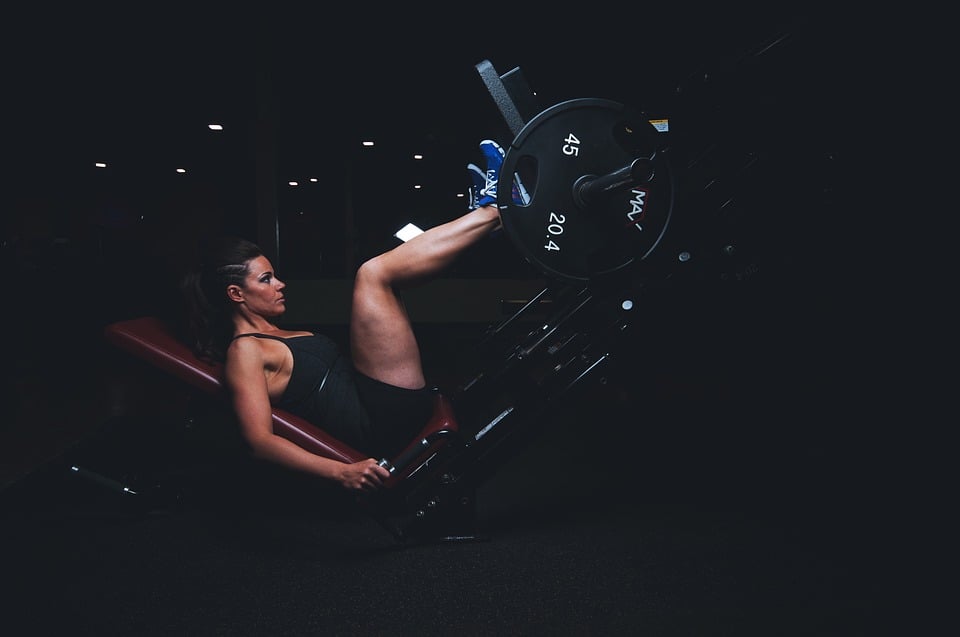 Never jump into bed sweaty. |
Urine, red ink, red dye, red watercolor, red stamp pad, sweat, deodorant, antiperspirant, non-chocolate candy, mercurochrome, merthiolate | Common in households where children are growing up. Responds well to water and detergent solutions. |
7. Dyes, Inks, and Pigments
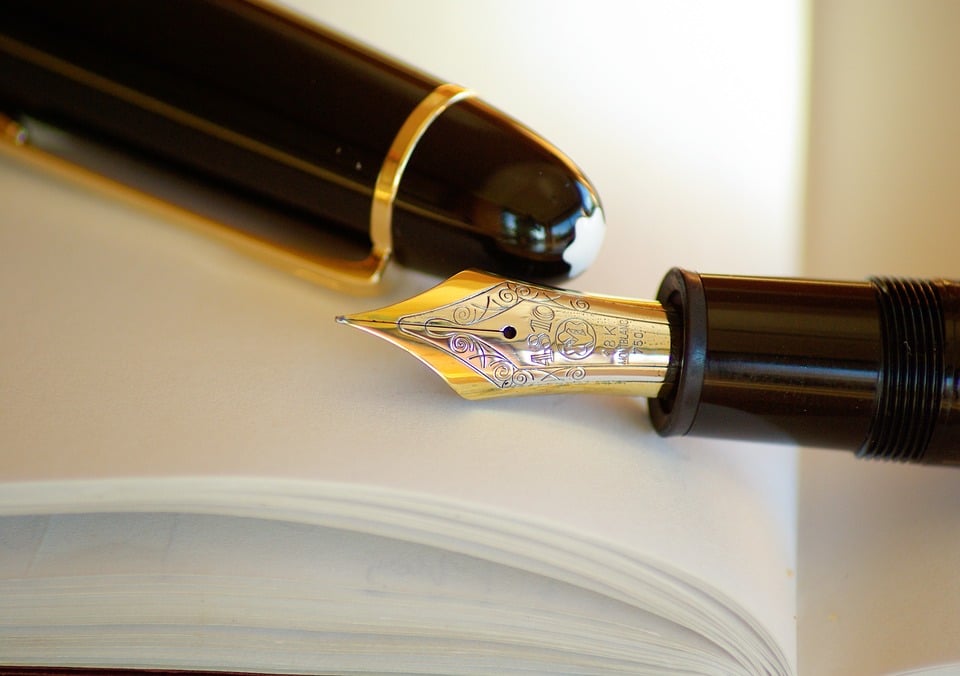 Tag an amateur calligrapher who just stained their clothes. |
inks, food coloring, dyes, and pigments that are not red, bluing, gentian violet, | Responds well to water and detergent solutions. |
| 8. Oxidizing Oils, Gums, and Ashpalt
|
Oils: canola, castor, linseed, cod liver, coconut, corn, linseed, safflower, soybean, peanut, olive, and vegetable; butter, chewing gum, rubber cement, ashpalt, | Relatively simpler treatment instructions compared to all other stain types. Responds well to dry cleaning solvent. |
| 9. Medicinal
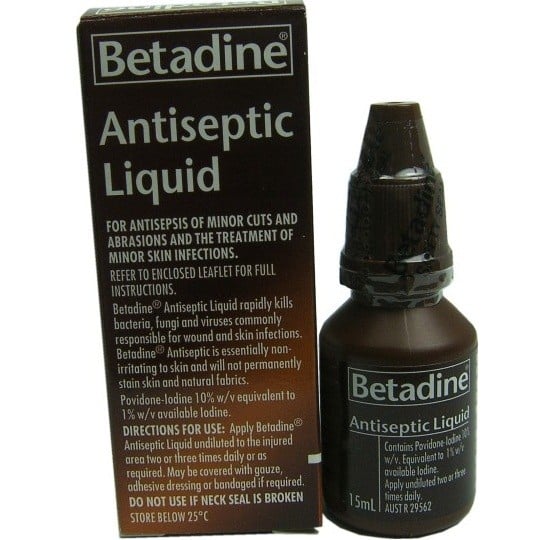 medshop.com.au |
Iodine, Penicillin, photo developer fluid, silver nitrate | Rare stains unless you’re in a busy medical facility. Requires special chemicals like sodium thiosulfate solution. |
| 10. Special Stains
|
acids, alkalis, ballpoint pen ink, black walnut, candle wax, chlorine, evergreen pitch or tree sap, grass, lipstick, mildew, mustard, pencil, perfume, rust, scorch, shellac, super glue, toner, unknown stains, white out, white shoe polish | A combination of rare and common stains, all of which require specific treatment methods for complete removal. |
11. Near-Impossible Stains
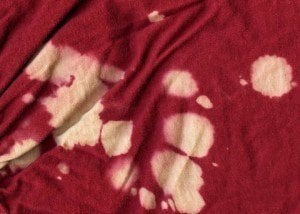 howtocleanstuff.net |
Stomach acid, toilet bowl cleaners, tile grout cleaners, corn and callous removers, foot care preparations, acne medications and skin creams (benzoyl peroxide), age creams, pet shampoos, strong alkalis (drain and oven cleaners), chlorine, chlorine bleach, swimming pool chemicals, mildew stoppers, dimethylsulfoxide (arthritis medications), germicides, disinfectants, Diazinon and Orthene (pesticides), plant food, fertilizers, old urine stains, epoxy cement, furniture stain, black walnut, certain yellow dyes | These stains are likely to cause permanent damage or chemically alter fabrics – the effects of which are highly unlikely to be reversed or removed. |
Now that you know the true nature of the enemy, it’s time to find the right weapons to fight it.
III. HOW TO MAKE A STAIN-REMOVAL KIT
HERE’S A LIST OF THE TOOLS YOU’LL NEED:
-
- Absorbent Pads: soft white pieces of cloth, sponges (test for chemical damage), white paper towels, white facial tissues, absorbent pieces of cotton. Blotting paper may also be necessary for certain stains.
- Medicine droppers: for applying controlled amounts of strong cleaning substances.
- Tamping Tool: a spoon or brush to gently ‘tamp’ or tap at stained areas of stronger fabrics, loosening the stain’s physical hold on the material.
- Dull Knife: for removing excess stain material without smearing or damaging the fabric.
- Non-Metallic Mixing Bowl: for combining solutions to create cleaning agents. Use plastic or ceramic.
- Standard Kitchen/Utility Rubber Gloves: You’ll be handling different chemicals, some of which can be dangerous. If you have sensitive skin, use gloves whenever tackling any type of stain.
HERE’S A LIST OF ALL THE NECESSARY SUPPLIES:
| Solvents
Used in the first and last parts of most stain removal methods  healthyfoodtribe.com |
|
| Lubricants for Greasy Stains
Used to lubricate and loosen stubborn greasy or oily stains 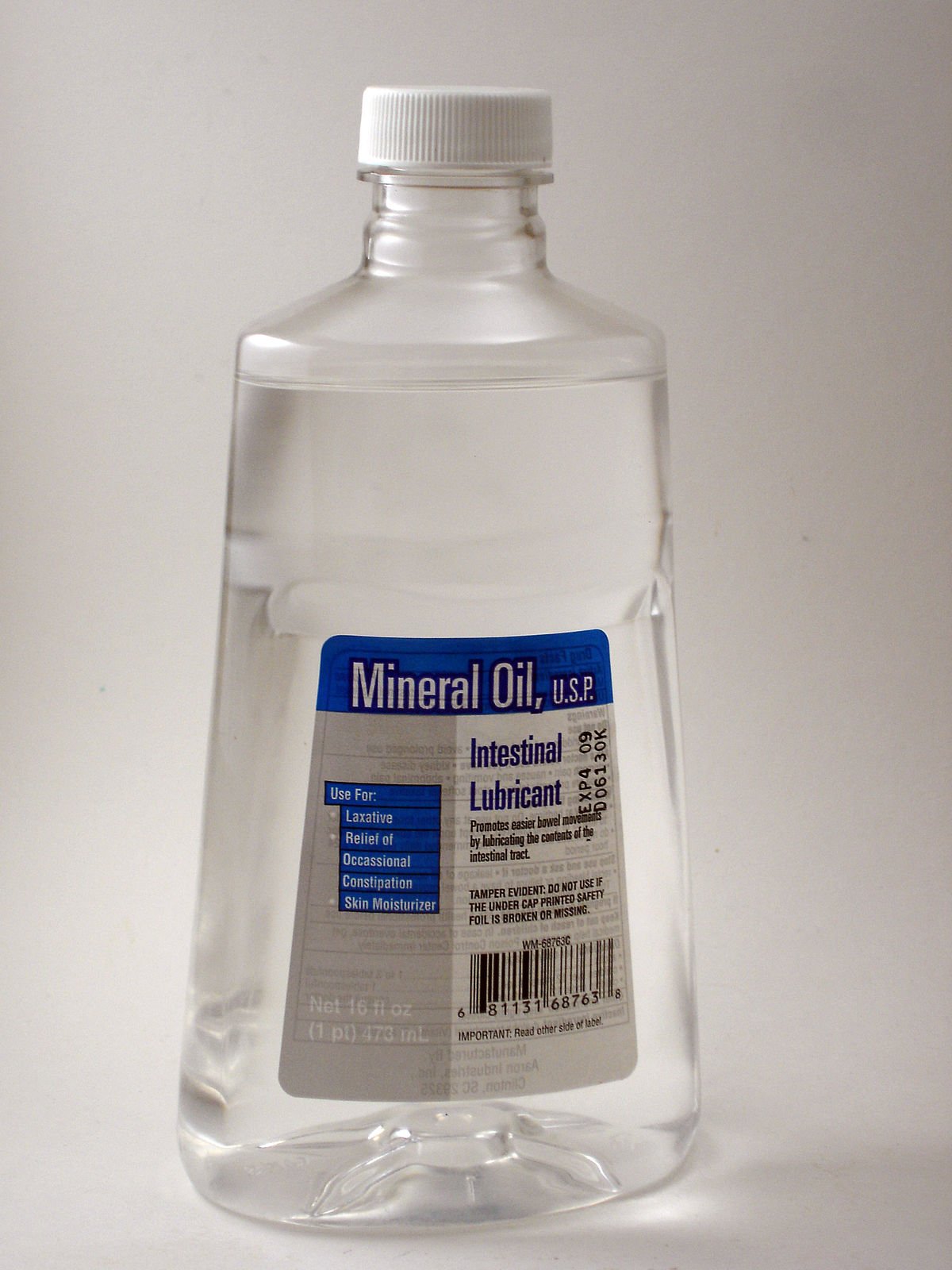 amazon.com |
|
| Lubricants for Water Borne Stains
Used to lubricate or loosen stains carried by and partially washable with water 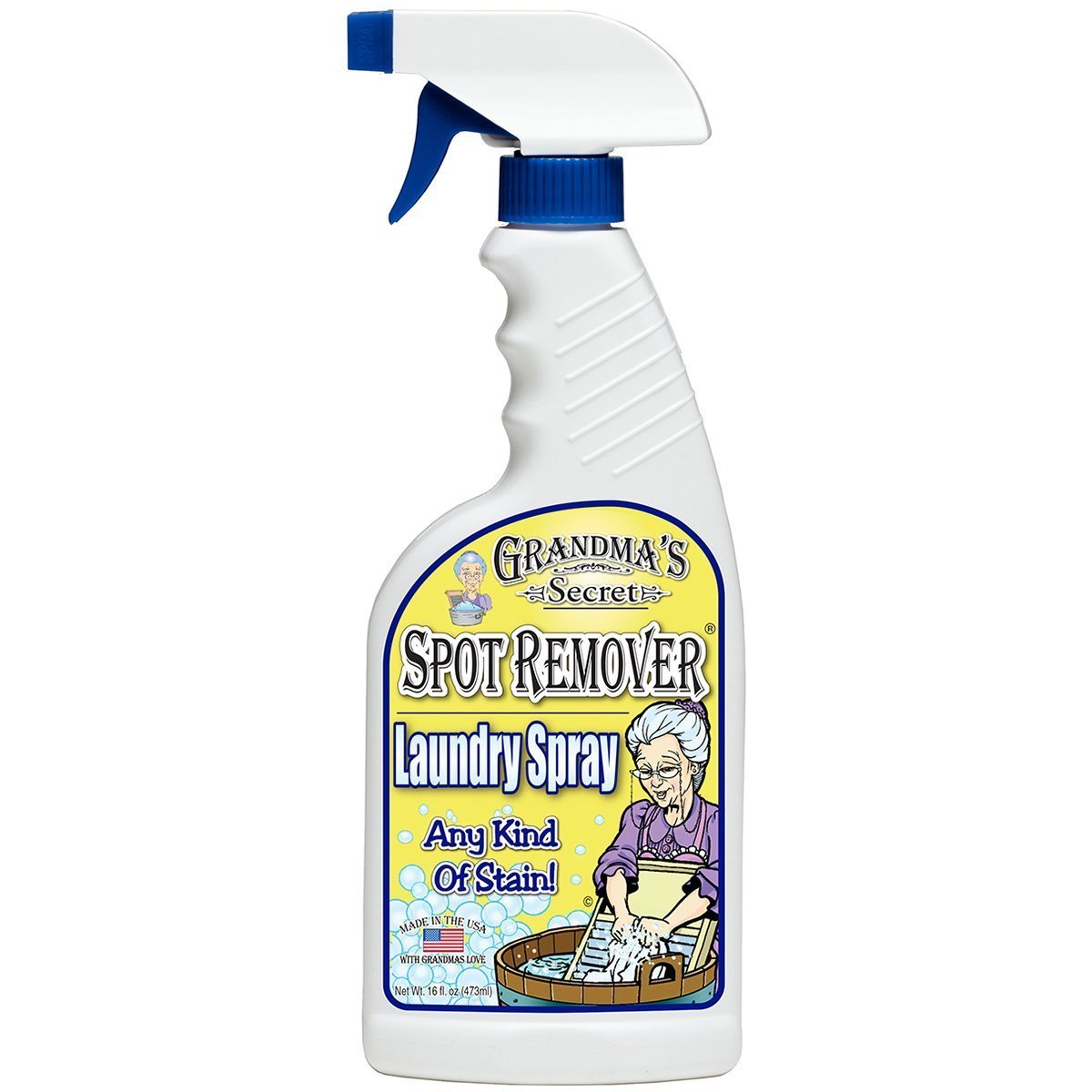 amazon.com |
|
| Acids and Alkalis
Contrasting agents with similar uses 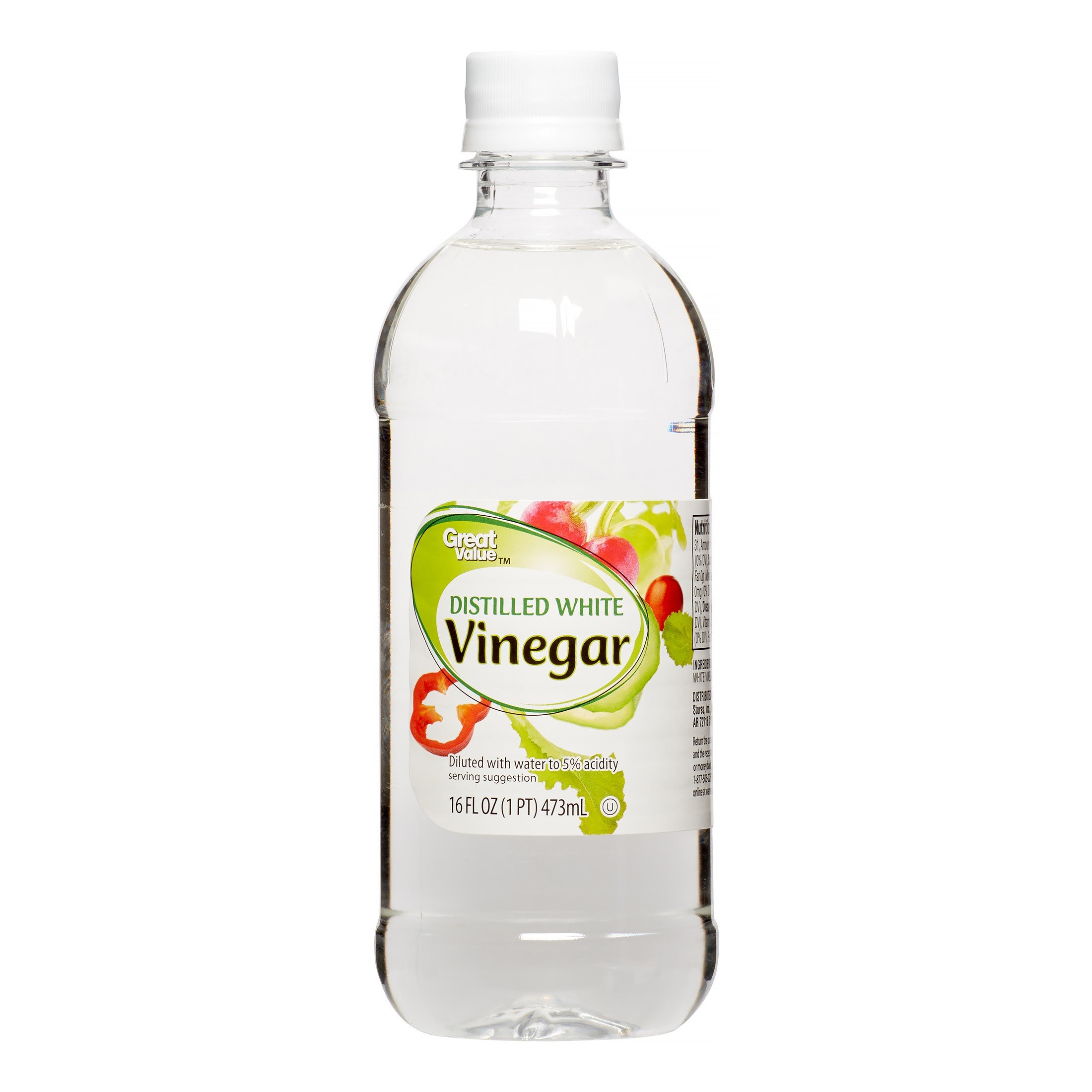 walmart.com |
|
| Bleaches
Always use sparingly 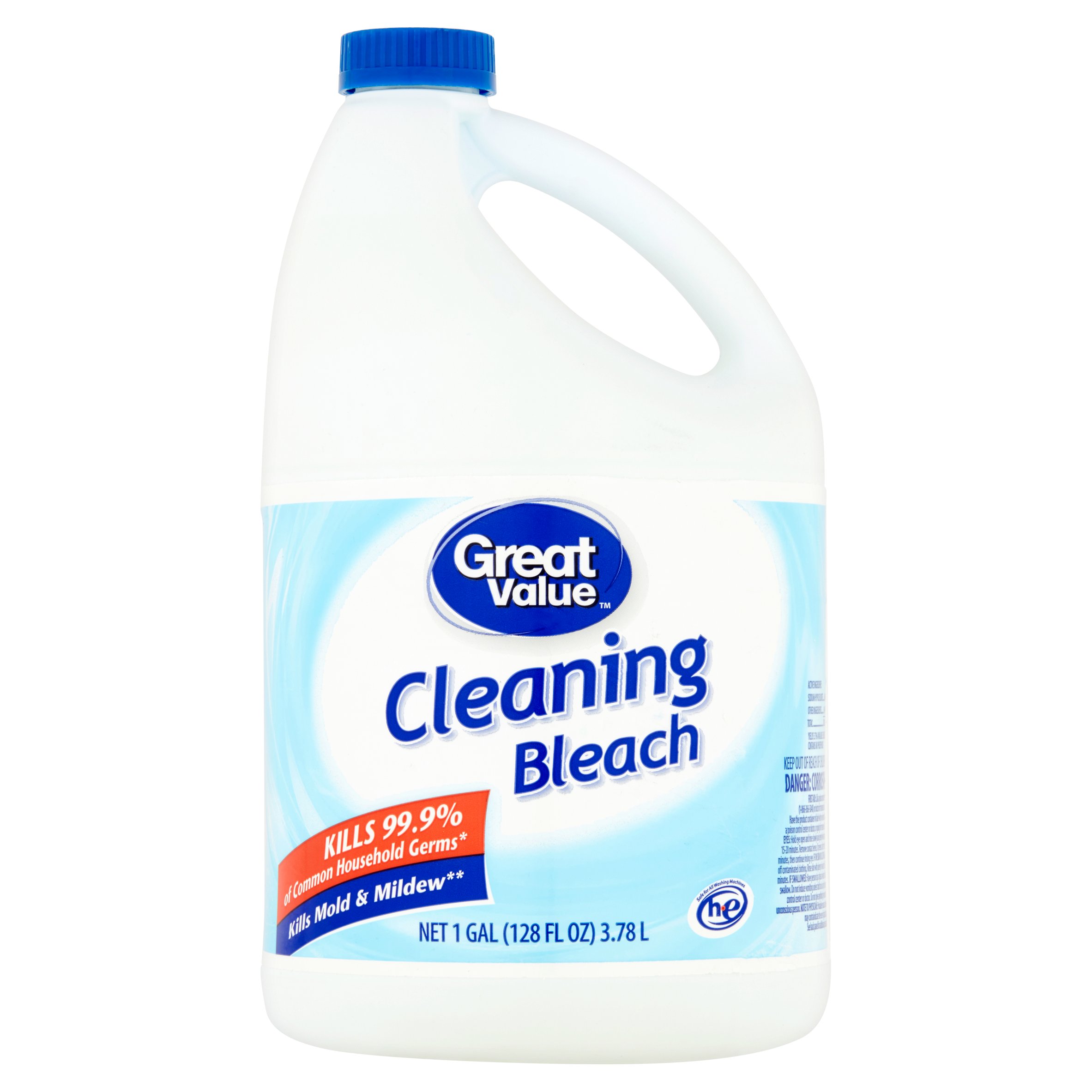 walmart.com |
|
| Enzyme Products
Breaks down stains that contain protein and starch 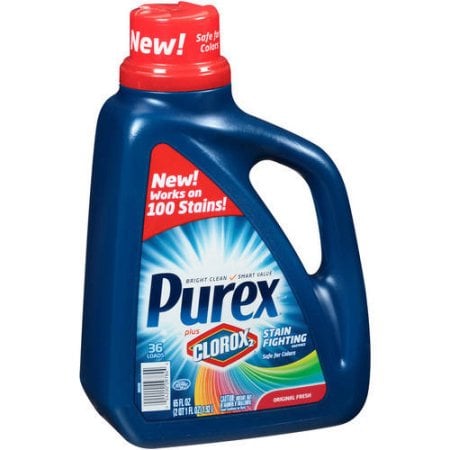 walmart.com |
|
| Other Chemicals
For removing rare stains from medicine |
|
Read on to see which chemicals on the list you actually need.
FOLLOW THESE 10 SAFETY PRECAUTIONS WHEN REMOVING STAINS:
DO NOT SKIP THIS PART. Serious stain removal sometimes requires the use of serious chemicals. Not following these safety precautions may not just cause further damage to the stained mattress/fabric, it could also endanger the health of whoever is working on the stain.
1. CONSULT TAGS AND CARE LABELS:
It contains crucial information on which solutions and cleaning agents shouldn’t be used on your fabrics or your mattress.
For instance, when it comes to cleaning Onebed, which is a latex, memory foam, and high-density foam mattress covered with polyester, there are care label warnings that can be consulted:
| CARE LABEL WARNING | OUR RECOMMENDATION |
|
Use weaker bleaches like 3% hydrogen peroxide (to minimize possible damage to mattress material), or just forego bleaching altogether. Chlorine and other bleaches are mostly used at the end of stain treatments for getting rid of remaining traces after most of the stain has been removed. At that point, the previously stained area has already been disinfected, and bleaching is mostly for cosmetic purposes. If you don’t mind inconspicuous traces of where a very obvious stain used to be, don’t worry about bleaching. Protecting the integrity of your mattress is more important than completely erasing the traces of any stain. (unless it’s mold or mildew, which should be erased with bleach no matter what) (link to Chapter 4, 10. Special Stains: ‘Mildew’)
|
|
Certain stains, like candlewax, can only be dealt with using an iron. Just make sure to keep the settings as low as possible to minimize risk of damage. The top layers of Onebed are made of latex and memory foam, both of which can be susceptible to damage from extreme heat. |
|
Dry cleaning solvent is a common solvent used in a lot of the stain removal procedures detailed below; it can also damage your Onebed mattress. Use these solvents instead:
|

The actual mattress tag on Onebed
2. Work in a safe and well-ventilated area
If the stain requires you to use strong-smelling solvents and flammable ingredients, do the treatment in an area that’s not only well-ventilated, but also free from electrical sparks and open flames.
3. Use water to immediately wash off any potentially dangerous chemicals like bleaches, fixer fluid, or dry cleaning solvents on your skin or clothes
Prolonged exposure to such chemicals could result in mild burns, other adverse health effects, and more stains.
4. DO NOT use metal containers/spoons for bleach.
Metal causes a chemical reaction that might render the bleach ineffective. Use plastic medicine droppers instead.
5. In most cases, DO NOT RUB OR BRUSH STAINS
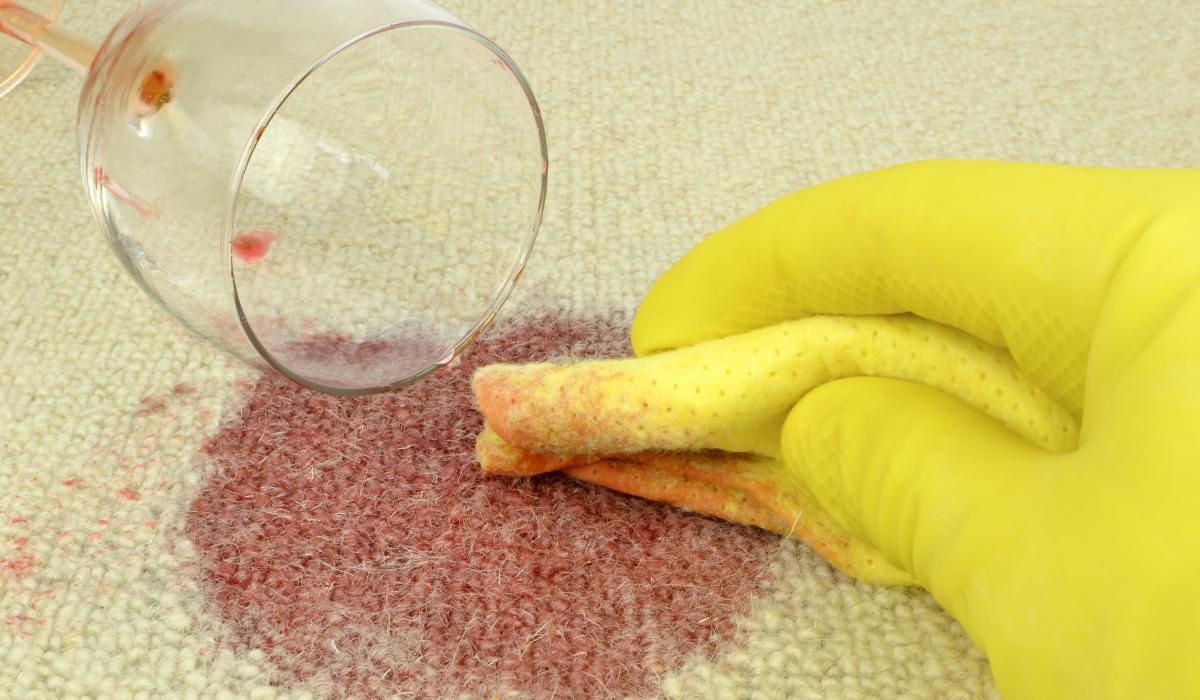
rtcarpetcleaningaurorail.com
(unless it’s part of the instructions). Rubbing and brushing usually just causes stains to spread. Instead, PRESS, TAMP, WIPE, and BLOT with patience.
6. Unevenly feather liquids onto stain whenever direct application is needed
(to avoid creating a post-stain treatment ring).
7. DO NOT BLEACH spandex, silk, or wool.
8. Use absorbent pads to CONTROL MOISTURE
Try not to over-wet. Remember: Moisture is your mattress’ worst enemy. Always try to control the moisture, especially when washing or flushing out solvents and other removal agents with water. Apply solvents sparingly if possible and blot frequently.
9. ALWAYS PRE-TEST STAIN REMOVING SOLUTIONS/METHODS on SMALL AREAS OF THE FABRIC FIRST
Do this before treating the entire stain to avoid accidentally destroying/altering fabrics
- Pick a small, inconspicuous area on the stain.
- Use a medicine dropper to apply 2 to 3 drops of water, dry cleaning solvent, or whatever other recommended remover to that area.
- Lightly rub and press on the small area with a white absorbent pad.
- If the colors change or transfer to the pad, consult a professional cleaner.
- If not, then both the recommended remover and method are safe to use.
10. NEVER USE BLEACH AND AMMONIA TOGETHER
The combination can result in a bunch of chemical reactions, one of which is the production of toxic chlorine gas, a chemical weapon that was used in World War I but is now banned under international humanitarian law. Should you or someone you know unwittingly unleash chemical warfare in your home, don’t panic. Follow these emergency procedures:
- Get the patient away from the toxic vapors. Let him or her breathe in fresh air.
- If patient is conscious, flush all affected areas with water, soap, and more water. If the patient’s eyes are affected, flush with lukewarm water for up to 15 minutes.
- If patient is unconscious, apply artificial respiration while being careful not to come in contact with any toxic chemicals.
- Do all treatments and decontamination procedures without breaking the patient’s skin.
- Immediately seek professional medical attention.
IV. HOW TO CLEAN ALL TYPES OF MATTRESS STAINS

Because nothing is better than a spotless mattress.
All of the stain-removal treatment methods detailed below are safe for most mattresses and other non-washable fabrics – as long as you follow the above safety instructions, especially the part above pre-testing solutions on small areas first. You can also use these same methods for treating stained areas on washable fabrics like clothes, bed sheets, pillow cases, and washable mattress protectors (before throwing them in the wash).
STAIN TYPE |
STAIN-REMOVAL METHOD |
1. Hydrophobic Stains(Grease, fat, wax, oil, hand lotion, adhesive tape, eyebrow pencil, eye liner, eye shadow, lard, lubricating oil, floor wax, furniture wax/polish, gasoline, car wax, crayon, ointment, oil paint, putty, rouge, coloured shoe polish, nose drops, soot, sunblock, suntan lotion, tar, typewriter ink ribbon) |
|
2. Food with Oils and Fat(Milk, gray, pudding, salad dressing, meat juice, mayonnaise, chocolate, cheese, chili sauce, egg yolk, frosting, catsup, ice cream, chocolate syrup, cocoa, egg yolk) |
|
3. Protein and Starch(Blood, vomit, bodily discharge, meat, sherbet, hide glue, bath oils, aftershave lotion, egg white, fish glue, fish slime, hide glue, meat soup, starch, mouthwash, mucous) |
|
4. Plastics and Resin(Varnish, nail polish/hardener, plastic glue, cuticle oil and remover, household/contact cement, airplane glue, carbon paper, corn remover, plastic cement, mimeograph ink, lacquer, liquid solder, carbon typewriter ribbon) |
|
5. Tannin and Glucose
(Mud, tea, beer, wine, black coffee, fruits, fruit juices and preserves, vegetables, dark-colored sodas, alcoholic beverages, berries, caramelized sugar, casein glue (like Elmer’s), cordials, corn syrup, cough syrup, shaving cream, jam, jelly, tomatoes, tomato juice, maple syrup, mixed drinks, molasses, tobacco, toothpaste, colored vinegar, whisky) |
|
6. Water Soluble Body Waste, Red Dyes, Deodorants(Urine, red ink, red dye, red watercolor, red stamp pad, sweat, deodorant, antiperspirant, non-chocolate candy, mercurochrome, merthiolate) |
|
7. Dyes, Inks, and Pigments(Inks, food coloring, dyes, and pigments that are not red, bluing, gentian violet) |
|
8. Oxidizing Oil, Gums, and Ashpalt(Oils: canola, castor, linseed, cod liver, coconut, corn, linseed, safflower, soybean, peanut, olive, and vegetable; butter, chewing gum, rubber cement, ashpalt) |
|
9. Medicinal Stains(Iodine, Penicillin, photo developer fluid, silver nitrate) |
|
10. Special Stains Require Special Attention
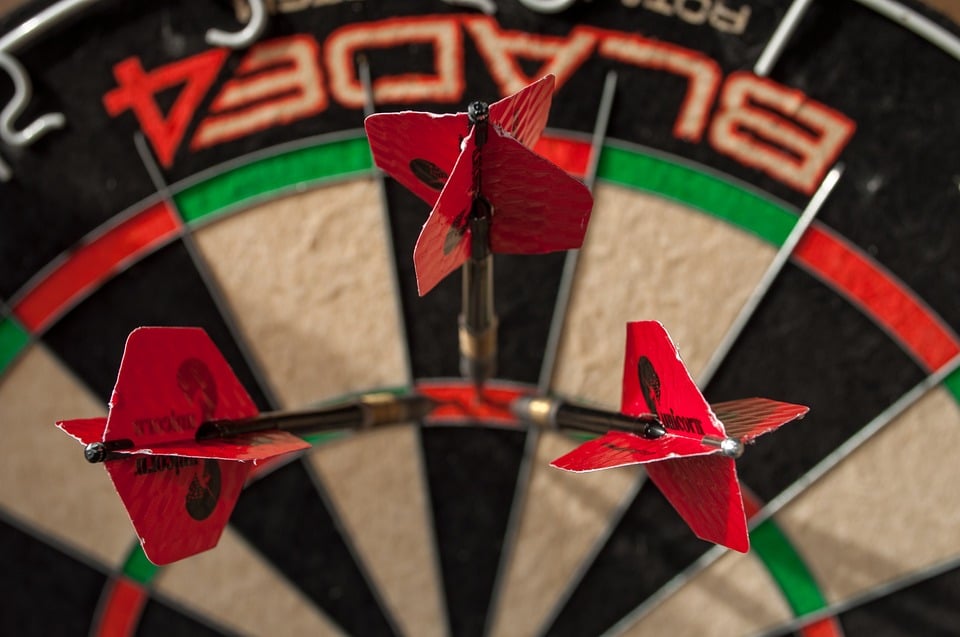
(acids, alkalis, ballpoint pen ink, black walnut, candle wax, chlorine, evergreen pitch or tree sap, grass, lipstick, mildew, mustard, pencil, perfume, rust, scorch, shellac, super glue, toner, unknown stains, white out, white shoe polish)
Due to their unique chemistry, these stains require their own specific treatment and removal methods.
Acids |
|
Alkalis |
|
Ballpoint Pen Ink |
|
Black Walnut |
|
Candle Wax |
|
Chlorine |
|
Evergreen Pitch or Tree Sap |
|
Grass |
|
Lipstick |
|
Mildew |
|
Mustard |
|
Pencil |
|
Perfume |
|
Rust |
WARNING: The methods for rust removal below can damage your Onebed mattress.
Small Rust Stains:
Large Rust Stains: Method A: Oxalic Acid
Method B: RoVer Rust Remover
|
Scorch |
WARNING: Burned or scorched fabrics will be more vulnerable to damage. Further damage may be caused by applying stain removal methods.
|
Shellac |
|
Superglue |
|
Toner |
|
Unknown Stains |
It’s much more important to pretest cleaning agents when you don’t know the origin of the stain. If this is the case, begin by using the methods least likely to cause damage to the fabric or mattress:
|
White Out |
|
White Shoe Polish |
|

REMEMBER: stain removal is all about PATIENCE.
Depending on the stain and the nature of the fabric you’re washing, you may need to repeat some stain removal methods to completely get rid of stubborn stains.
If this starts to get frustrating, just remember that if you do the above recommended stain removal methods correctly, the results will be well worth your best efforts.
11. KNOW WHEN TO GIVE UP: Some Stains are Near-Impossible to Remove
This includes stains created by:
- Stomach acid (yes, vomit)
- toilet bowl cleaners
- tile grout cleaners
- corn and callous removers
- foot care preparations
- acne medications and skin creams (benzoyl peroxide)
- age creams
- pet shampoos
- strong alkalis (drain and oven cleaners)
- Chlorine
- chlorine bleach
- swimming pool chemicals
- mildew stoppers
- dimethylsulfoxide (arthritis medications)
- Germicides
- Disinfectants
- Diazinon and Orthene (pesticides)
- plant food
- Fertilizers
- old urine stains
- epoxy cement
- furniture stain
- black walnut
- certain yellow dyes
If you suspect that any of the above is the cause of an especially stubborn stain, give up, move on, and focus on deodorizing and disinfecting your mattress.
V. ODORS, DUST MITES, and BED BUGS: HOW TO DEODORIZE AND DISINFECT YOUR MATTRESS
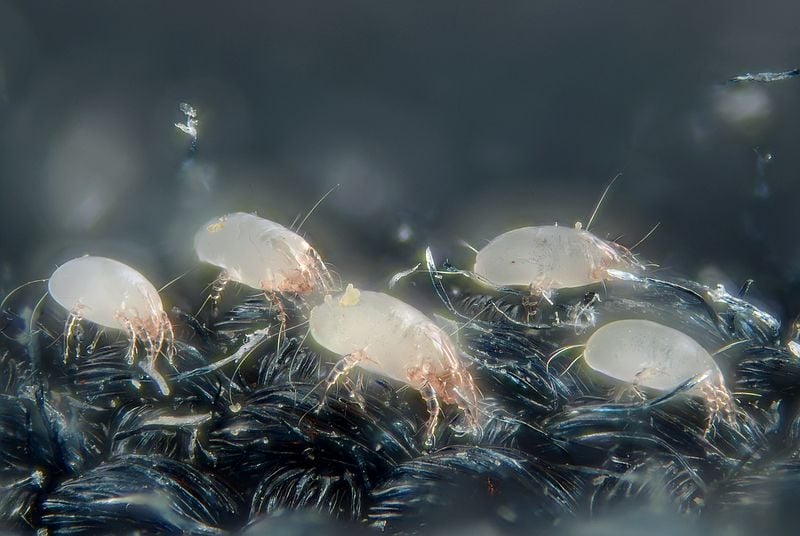
wikipedia.org
Plenty of different factors can cause your mattress to develop disgusting odors.
Here are some steps you can take to deal with any and all odor-causing foreign invaders that have made themselves comfortable in and on your mattress:
1. NEUTRALIZE ALL STAINS
Depending on their chemical composition, stains that have been left untreated can be the cause of not just bad odors, but also the development of mold, mildew, and bacteria. Whatever odor-causing stain has left its mark on your mattress can be dealt with using the information and methods described in chapters 2 to 4. (link to beginning of Chapter 2)
2. SPRINKLE BAKING SODA and VACUUM YOUR MATTRESS

Seriously, one of the most useful cleaning agents ever.
This is to clean up accumulated dirt and debris on and inside your mattress. We’ve discussed in chapter 1 why Baking Soda is Your Mattress’ best friend: it’s simply fantastic at soaking up oils, dirt, and odors. Combined with using a clean vacuum cleaner, sprinkling baking soda can be a very easy and effective way to clean and deodorize a stinky mattress. Here’s what to do:
- Strip your bed naked and lie it flat on a clean floor/bed base.
- Sprinkle baking soda all over your bed using a sifter or use your hands to spread it evenly. Make sure to cover all areas of the surface. Let the baking soda stay there for 1 hour.
- Using a clean upholstery attachment, vacuum the entire surface of your mattress, including the sides.
- Flip the mattress, and repeat steps b and c for the other side.
- If you suspect that there’s mildew, clean up or replace the dust receptacle right after vacuuming to stop the mildew from spreading.
3. SPRAY YOUR MATTRESS WITH DISINFECTANT
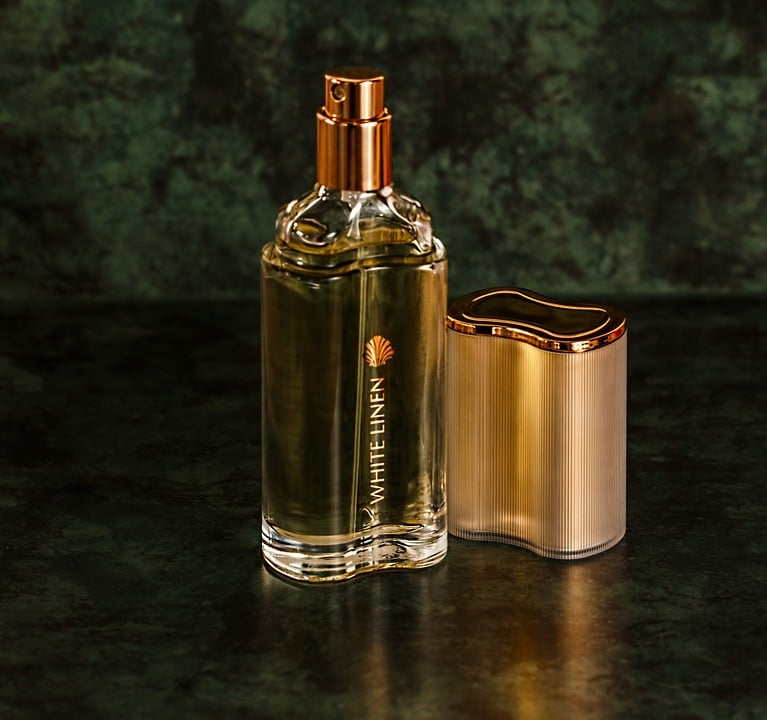
Any old, empty perfume bottle can be repurposed into a cleaning/deodorizing spray.
Not all odor-causing factors are visible. Even if the visible dirt and stains are gone, there might still be some mildew and bacteria holding on to your mattress for dear life. Show these germs who’s boss. Fully disinfect your mattress by spraying its entire surface area with any of these solutions:
- Vinegar (May be diluted by combining ⅔ cup of water and ⅓ cup of vinegar; you can also add vinegar to detergent solution.)
- Lemon Juice (Almost the same acidity as vinegar without the chemistry-classroom smell.)
- Rubbing or Denatured Alcohol
- Commercial disinfectant sprays like Lysol or Glen 20
- Organic disinfectants
4. ENSURE THAT YOUR MATTRESS GETS DRY
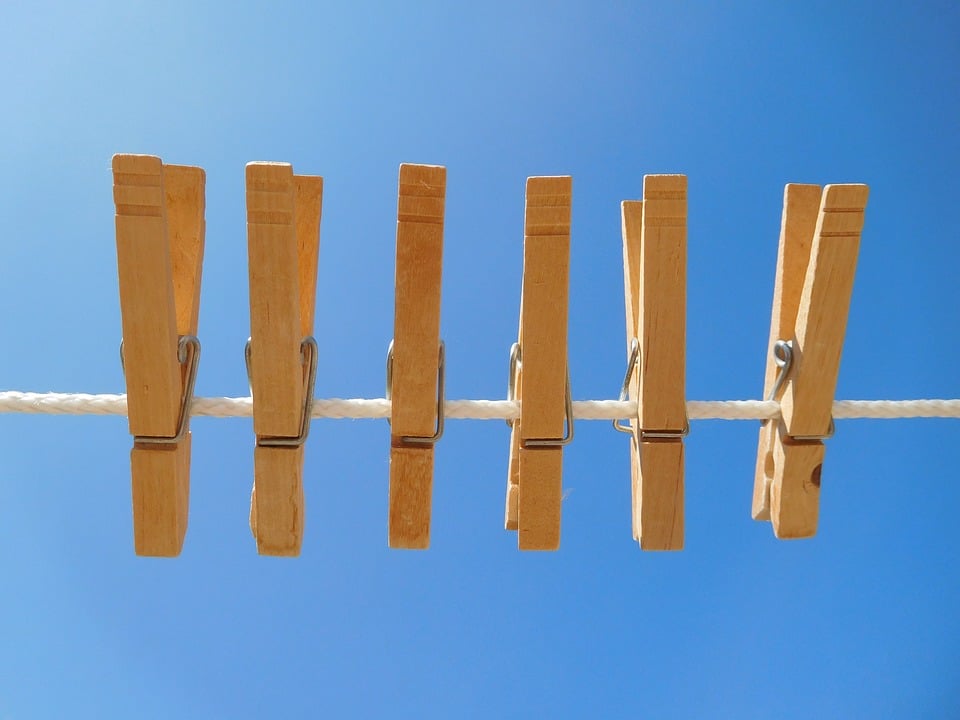
A little sun and wind can go a long way.
After going through stain-removal and disinfection treatments, your mattress might be carrying a considerable amount of moisture. Air out your mattress. If possible, leave it in the sun for a 2 or more hours. Use fans if the sun isn’t out. Do everything you can to ensure that your mattress gets completely dry after any treatments.
5. SPRAY YOUR CHOICE OF SCENTS
Assuming you’ve followed Steps 1 to 4 properly, you’ll end up with a clean mattress. Now’s the time to spray it with your preferred scents and oils. We recommend eucalyptus oil, which not only smells awesome, but also has properties that are positively deadly to dust mites.
Allergy Causing VS Blood-Sucking: The Difference Between Dust Mites and Bed Bugs
FAQs |
Dust Mites |
Bed Bugs |
What are they? |
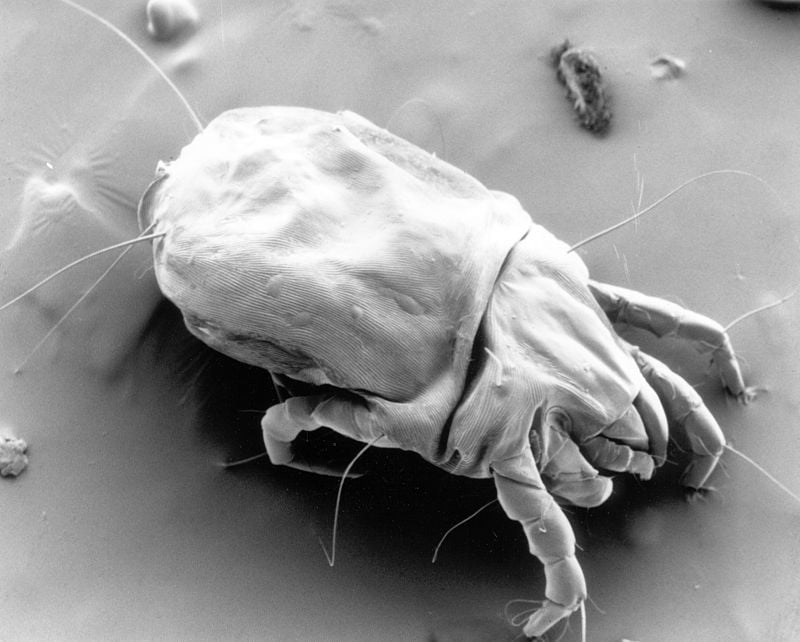 wikipedia.org Dust mites are eight-legged creatures that are too small to be seen by the naked eye. They feed off the skin cells that we shed in bed every night, and enjoy warm, moist environments, which is why they love our beds.
The dead carcasses and waste that they leave behind are small enough for us to inhale, which can trigger and exacerbate asthma and allergic reactions.
They’re vulnerable to extreme heat, extreme cold, vacuuming, and poison. |
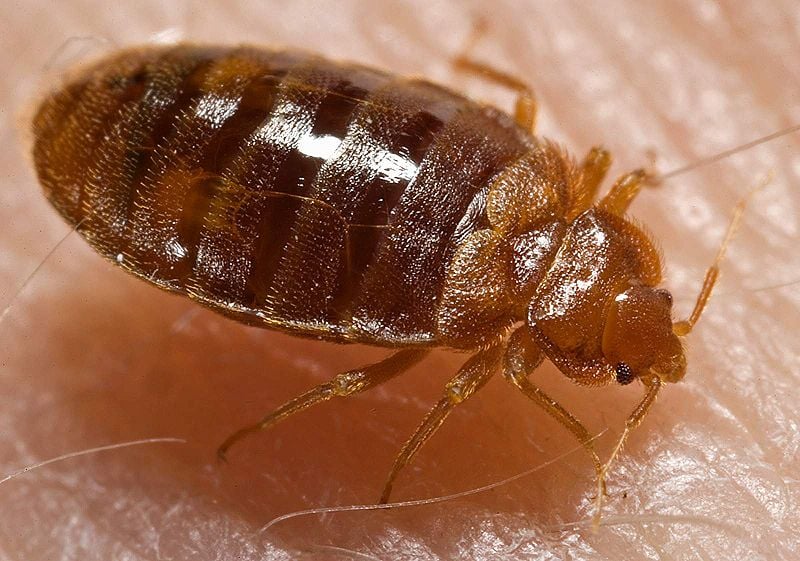 wikipedia.org Bed bugs are reddish-brown insects big enough to be seen (5mm long) but also small enough to hide in the deep corners and crevasses of your mattress.
Although experts have found over 28 disease pathogens in bed bugs, there’s never been any record of any disease transferring from them to us, which is why they aren’t considered a serious disease threat.
They mostly cause small, irritating, and inflamed welts where they bite, which can sometimes exacerbate existing skin conditions.
They’re vulnerable to extreme heat, vacuuming, and poison. |
Home Detection Methods: |
|
|
Recommended Treatment: |
|
|
Prevention Tips: |
|
|
VI. ALTERNATIVE MATTRESS CLEANING SOLUTIONS: HOW TO STEAM-CLEAN A MATTRESS

probeesteam.com
Why Steam-Clean Your Mattress?
While steam-cleaning requires massive use of your Mattress’ Worst Enemy, Moisture, it’s also a very effective mattress cleaning method that can:
- Eliminate mold, mildew, bacteria, bed bugs, and dust mites.
- Loosen/Wash-off stubborn old stains.
- Deep-clean your mattress down to the core.
Is it Safe to Steam-Clean Your Mattress?
Check the label for the answer. Some foam and cotton mattresses are safe for steam-cleaning, some are not.
When it comes to potentially damaging cleaning treatments, the manufacturer knows best. For instance: DO NOT STEAM-CLEAN YOUR ONEBED.
Onebed’s top layers are made of dunlop latex and memory foam.
The extreme heat from steam-cleaning can damage the foams and the structural integrity of the mattress, leaving you with a thoroughly clean but damaged bed.
Read Your Steam-Cleaner’s User Manual
The user manual will tell you how to safely set-up and use your steam-cleaner. Read it. You’re dealing with very high temperatures. Find out how to protect yourself from getting injured.
If you’re lucky, your user manual might even have info on which fabrics and materials should and should not be steam-cleaned.
From Vacuuming to Drying: How to Steam-Clean Your Mattress
Follow the abovementioned steps on How to Vacuum Your Mattress. Steam-cleaning only works when you’ve already removed most of the dirt and debris on your mattress via a thorough baking-soda-and-vacuum treatment. (link to Chapter 5: 2. SPRINKLE BAKING SODA AND VACUUM YOUR MATTRESS)
- USE SHORT BURSTS OF STEAM. Long bursts are not needed in order to kill dust mites, mildew, and bacteria. Short bursts will work just as well without fully soaking your mattress. It’s best to do this with the mattress leaning sturdily on a wall.
- USE REALLY HIGH TEMPERATURES AND LONG BURSTS OF STEAM ONLY FOR BED BUGS. Expose your mattress to temperatures above 120°F for about 20 minutes to completely kill bed bugs. Not ensuring the right temperature will mean that you’re just giving the bed bugs a warm bath.
- MAKE SURE TO STEAM-CLEAN EVERY SQUARE INCH OF YOUR MATTRESS’ SURFACE. Maximize the benefits of steam-cleaning by doing it right. Flip your mattress to steam-clean all areas.
- ENSURE THAT YOUR MATTRESS IS COMPLETELY DRY. Several hours in the open air and sun is the best way to do this. However, depending on how much you’ve soaked your mattress and how well it holds moisture, an entire afternoon of drying might not be enough to ensure that no moisture is left inside it. After a thorough steam-cleaning, give it a complete 48 HOURS to dry (sun, open air, hair dryer, electric fan, etc.) before you make the bed.
VII. BONUS ROUND: MATTRESS PROTECTION 101
Phew! That’s about every trick there is to know about cleaning your mattress.
All you need to know now is how to prevent having to do big and/or messy mattress clean-ups in the future.
Here are 13 things you can do to protect your mattress and keep it clean and comfy:
Cover Your Mattress With a Waterproof Protector
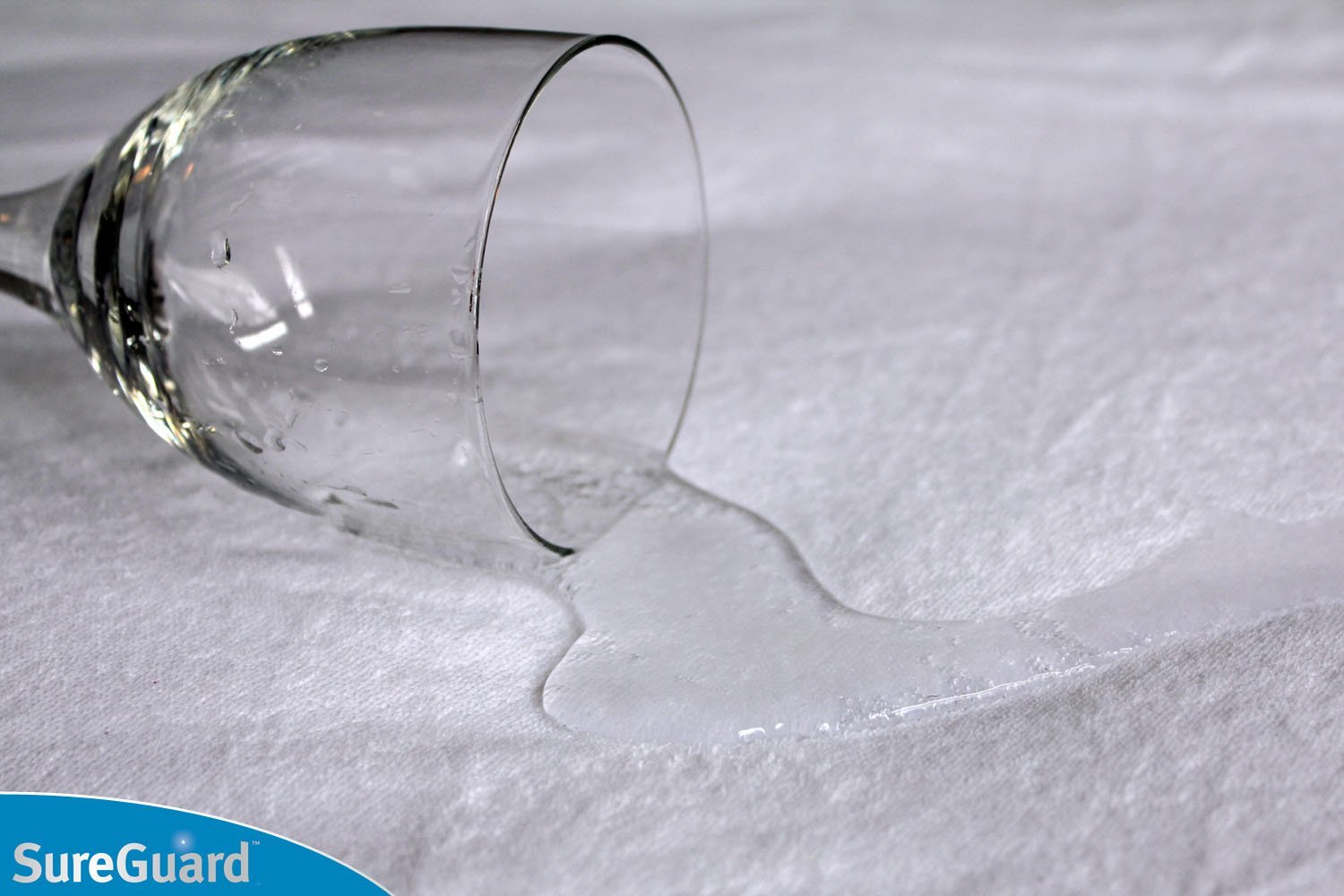
sleepbuffs.com
With one of these hugging your mattress, no stain can reach its foams, springs, and fabrics. It’s the simplest and cheapest way to keep the mattress itself clean.
Cover Your Mattress With a Bed Bug Mattress Encasement
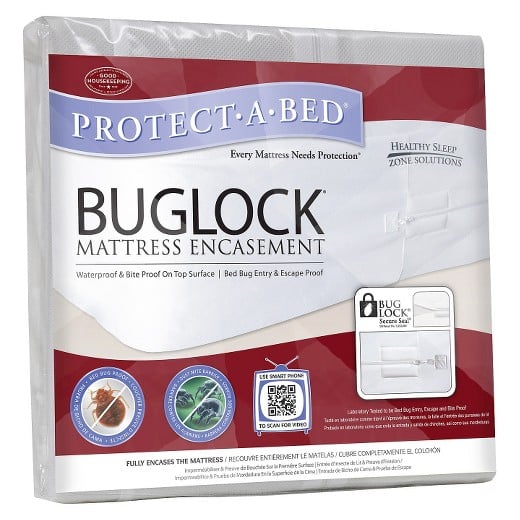
target.scene7.com
This is the ultimate way to prevent bed bugs from coming back. Make sure that the encasement stays effective by preventing it from being damaged by your bed’s rough and sharp edges.
Areas of your bed that may damage the encasement can be covered with felt tape or anything else that can neutralize the sharpness.
Install Room Air Purifiers Equipped with HEPA Filters
HEPA stands for high-efficiency particulate arrestance, which simply means that they’re the best damn air filters on the planet (removes 99.9% of all air-based contaminants).
Having a HEPA filter sift through the air in your bedroom is a good way to catch mold and mildew, allergens, airborne viruses, and asthma-triggering dust mites (before they even get to your bed).
Weekly Mattress Hygiene Habit: Replace All Sheets, Pads, and Covers
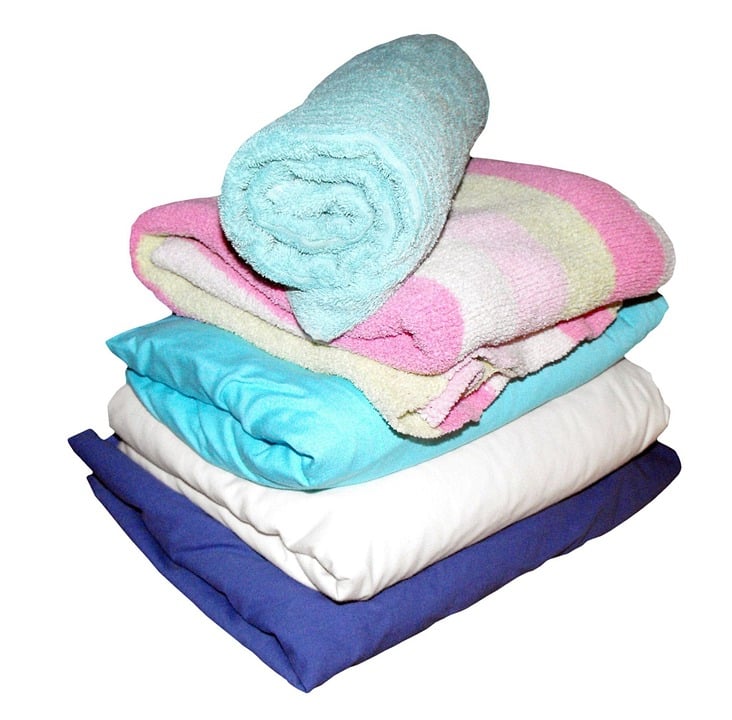
Clean, fresh fabrics in bed don’t just feel good, they also help keep the mattress itself cleaner.
The cleaner your bed sheets and fabrics are, the cleaner your mattress stays. Look forward to sleeping on clean sheets on at least a weekly basis.
Monthly Mattress Hygiene Habit: Sprinkle Baking Soda and Vacuum Your Mattress
This is a good way to prevent the accumulation of dirt, oil, dust mites, and other debris on your mattress. Follow the above instructions for doing the baking-soda-and-vacuum treatment. Make sure to vacuum all sides.
Bring Less Food and Liquids in Bed for Less Cleaning Problems
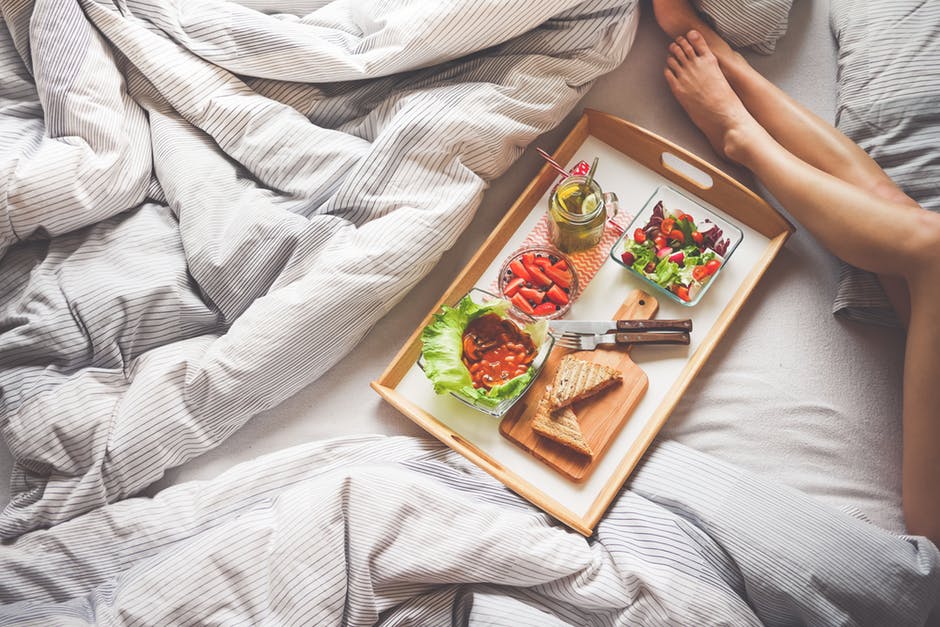
Reserve breakfast-in-bed only for special occassions.
One of the most common reasons for people to Google “mattress cleaning” is eating and drinking in bed. It’s the easiest way to make a mess on your mattress.
Either lessen the habit or stop doing it altogether. Those fun, cozy breakfasts-in-bed could also lead to stains as well as feed dust mites.
Daily Mattress Hygiene Habit: Keep the Bedroom as Clean as Possible
Sweep the floors, wipe down the furniture, and vacuum as necessary. The less dirt and debris there is in the bedroom, the less dirt and debris can get on the mattress.
Keep it Cool in the Bedroom: Lower Temperatures = Less Sweating
Wear loose, breathable clothing, use an air-conditioner, and do whatever you can to keep it cool. The less you sweat, the less hospitable your bed is to dust mites and bacteria.
Nightly Mattress Hygiene Habit: A Bath Before Bed Promotes Mattress Cleanliness
No matter how tired you are, try to always take at least a quick shower before going to bed. The less dirt, oils, and foreign contaminants you bring to bed, the better.
Reduce Dust Mite Exposure: Either Vacuum Your Carpet Weekly or Replace Carpeting with Hard Flooring
If you’re allergic to dust mites, your carpets need to be vacuumed (with a HEPA filter-equipped vacuum cleaner) every week. An even better move would be to get rid of the carpeting entirely.
Wall-to-wall carpeting, thick curtains, soft toys, and other fabrics lying around the bedroom are all potential homes for dust mites. Either clean them regularly or get them out of the bedroom.
Don’t Make your Bed in the Morning
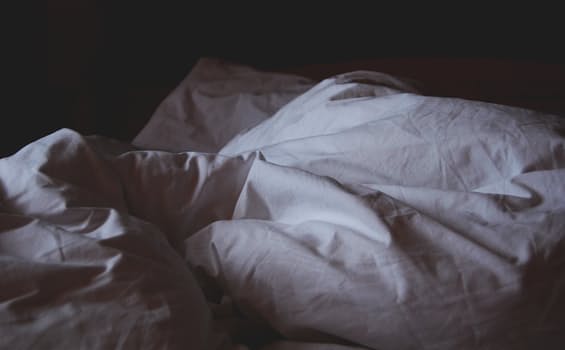
Finally, something that’s easy to do!
Making your bed in the morning is a good way to preserve moisture and keep dust mites comfy and cozy. Stop doing this; instead, air out your bed when you’re not using it.
Just make your bed at night or in the afternoon, immediately after you get home. This will give you the satisfaction of sleeping in a freshly made bed while also giving your bed the chance to get some fresh air and sunlight – both lethal to dust mites.
Maintain a Well-Stocked Stain-Removal Kit
Every item and ingredient you need to handle any stain can be found on Chapter III.
We suggest you make a list of these items and stock up for future stains. You never know when the next one will happen.
Bookmark/Share this Article!
Keep this guide handy for all your mattress cleaning needs.
Share this article and tag your friends who need to clean their mattresses.
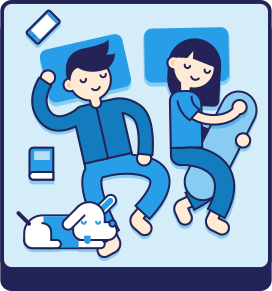
REFERENCES:
http://www.aihw.gov.au/asthma/deaths/
http://www.huffingtonpost.ca/2016/08/22/bed-bacteria_n_11652476.html
http://pediaa.com/difference-between-sodium-bicarbonate-and-baking-soda/
http://www.ancientegypt.co.uk/mummies/story/page3.html
https://www.ncbi.nlm.nih.gov/pubmed/22316179
http://home.onehowto.com/article/what-happens-when-you-mix-bleach-and-ammonia-7512.html
http://www.stain-guide.com/stains.html
http://www.cleanfax.com/carpet-care/how-to-remove-tough-tannin-stains/
http://www.cdc.gov/niosh/ershdb/emergencyresponsecard_29750024.html
http://www.drclean.co.uk/VidPages/Tamping.asp
https://www.europeanbedding.sg/blogs/articles/102507910-how-to-remove-dust-mites-from-a-mattress
http://www.melaleuca.com/ProductStore/Product?sku=4020
http://www.bedbugcentral.com/bedbugs101/mattress-and-box-spring-encasements
http://www.bedbugcentral.com/bedbugs101/what-should-i-do-my-bed
http://www.human.cornell.edu/fsad/outreach/upload/removingstains.pdf
https://www.protectabed.com/mattress_encasements/buglock_mattress_encasement.asp



